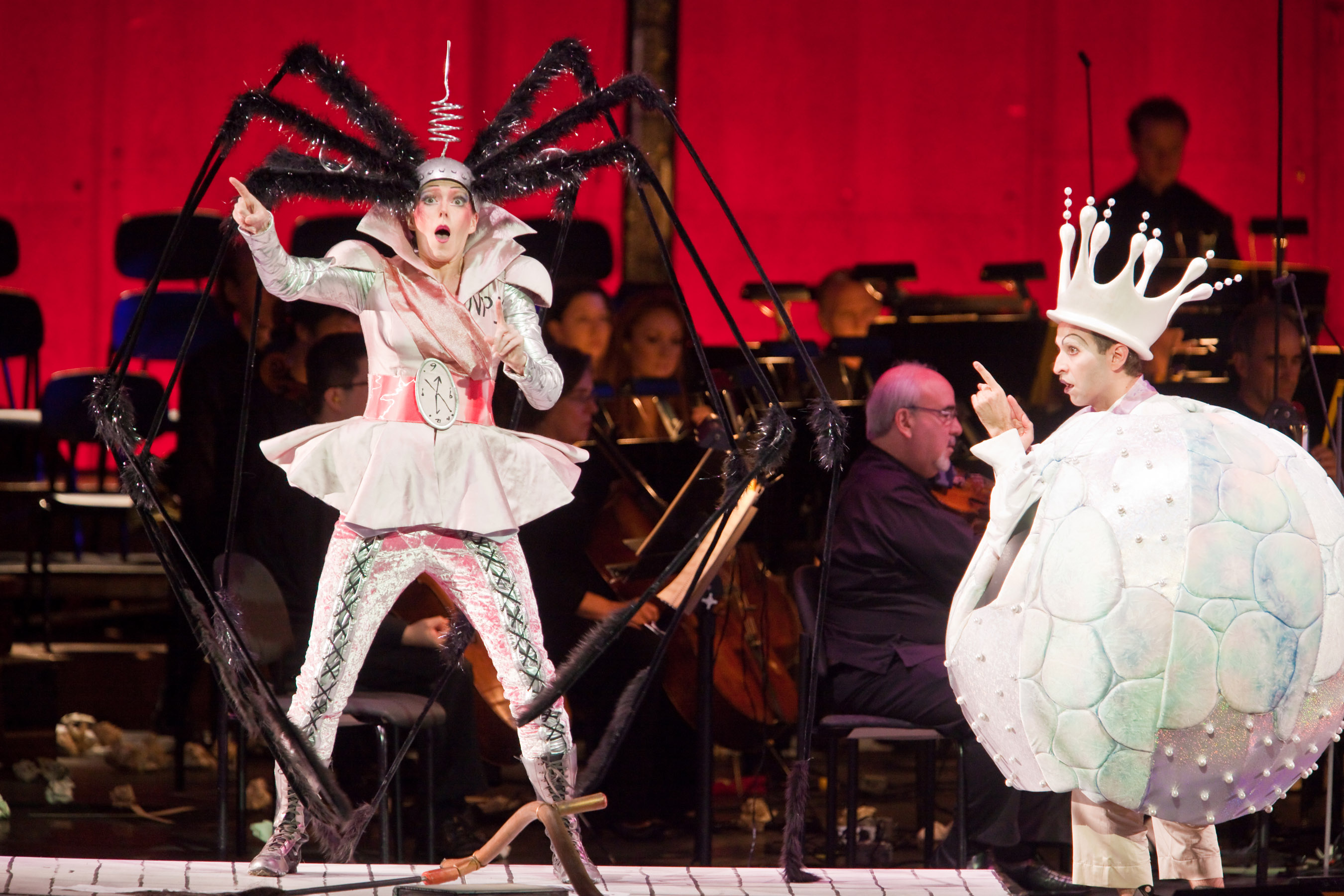Just over a hundred years ago, Arnold Schoenberg composed Pierrot Lunaire for the unconventional instrumentation of flute, clarinet, violin, 'cello, and piano. This novel ensemble was subsequently adopted by many other composers, and its repertoire expanded from a single collection of 21 darkly expressionistic songs to hundreds of pieces by the century's end. Several of the era's most important works were composed for this instrumentation—dubbed the "pierrot ensemble"—including Donald Martino's Notturno and Peter Maxwell Davies' Eight Songs for a Mad King; and to this day a good number of contemporary chamber groups are centered on this particular quintet (e.g., Da Capo Chamber Players, Eighth Blackbird, New York New Music Ensemble, Piccola Accademia degli Specchi, etc.).
 |
| Stravinsky, ca. 1918 |
There is another ensemble whose instrumentation is just as unique, just as dynamic and well-balanced as the pierrot ensemble, but for some reason did not catch on in the same way. Just a few years after Pierrot's composition, Igor Stravinsky (Schoenberg's musical antipode in many ways), designed a septet for his 1918 music-theatre piece, L'Histoire du Soldat ("The Soldier's Tale"). The piece was logically and thriftily scored for a high and low voice from each instrumental family: violin and bass (strings), clarinet and bassoon (woodwinds), trumpet and trombone (brass), with percussion rounding out the septet. Stravinsky's intent was partly economical—the First World War and the Russian Revolution had severely impacted his finances, and L'Histoire was designed to be an easily-mobile piece that could be performed with little funding. Strangely, this particular septet (which lacks even a handy nickname)—despite it's practicality, and its expansive dynamic, registral, and timbral palettes—never became remotely as popular as the pierrot ensemble.
The first week of December, the Center for 21st Century music will host an ensemble whose mission it is to change that fact. The Deviant Septet is the only new music ensemble consisting solely of the "l'histoire ensemble." Formed in 2010 by clarinetist Bill Kalinkos and trumpeter Mike Gurfield, the Deviant Septet is seeking to expand the repertoire for this instrumentation, and all the unique challenges it poses. The ensemble's website points out that "while Stravinsky's contemporaries were seemingly not up to the task, 21st century composers jump at the chance to solve Stravinsky's riddles."
Among those riddle-solving composers are several UB graduate students, whose works will be read by Deviant at a workshop on December 6th. Roberto Azaretto, Weijun Chen, and Meredith Gilna have all written new works for the ensemble, which will perform the pieces and provide feedback to the composers. The workshop will thus be a collective "riddle-solving" session in which composers and ensemble will explore new ways to navigate this diverse collections of voices.
Deviant will begin their residency with a concert in Lippes Concert Hall on December 5th. The centerpiece of their program will be, naturally, Stravinsky's L'Histoire. Based on a Faustian folk tale, the stylistically promiscuous piece features a tango, a waltz, a chorale, ragtime, dances, marches, and that very idiosyncratic Stravinskian "jazz" (in 1918, Stravinsky had not yet heard jazz, but he was inspired by some piano reductions that the Swiss conductor Ernest Ansermet had brought back with him from an American tour). The piece features an unusually prominent percussion part for a work of its time, and is as famous for its disjunct rhythms and rapidly-changing time signatures as it is for its unorthodox instrumentation.
 |
| Esa-Pekka Salonen |
The Deviant Septet is working hard to expand the repertoire of its unconventional instrumental makeup. Through its efforts, it's likely that the "l'histoire ensemble" could be to the 21st century what the pierrot ensemble was to the 20th. Regardless of whether or not that proves to be the case, we'll be fortunate to witness this "exceedingly fun" and "boisterously entertaining" ensemble perform works new and old with a fresh, enthusiastic vigor!
—Ethan Hayden
Deviant Septet
Concert
December 5, 7:30pm
Lippes Concert Hall
$15 general, $10 seniors, free for all UB students
Composer Workshop
December 6, 10:00am
Lippes Concert Hall
free admission






